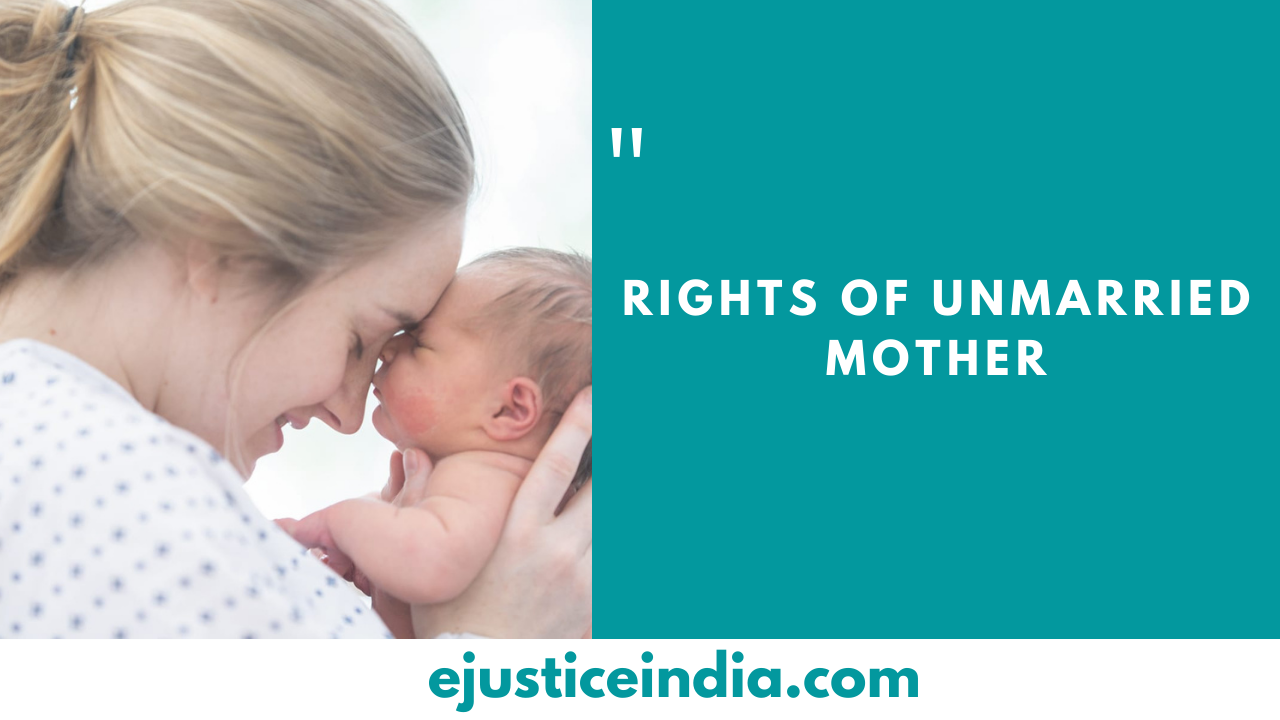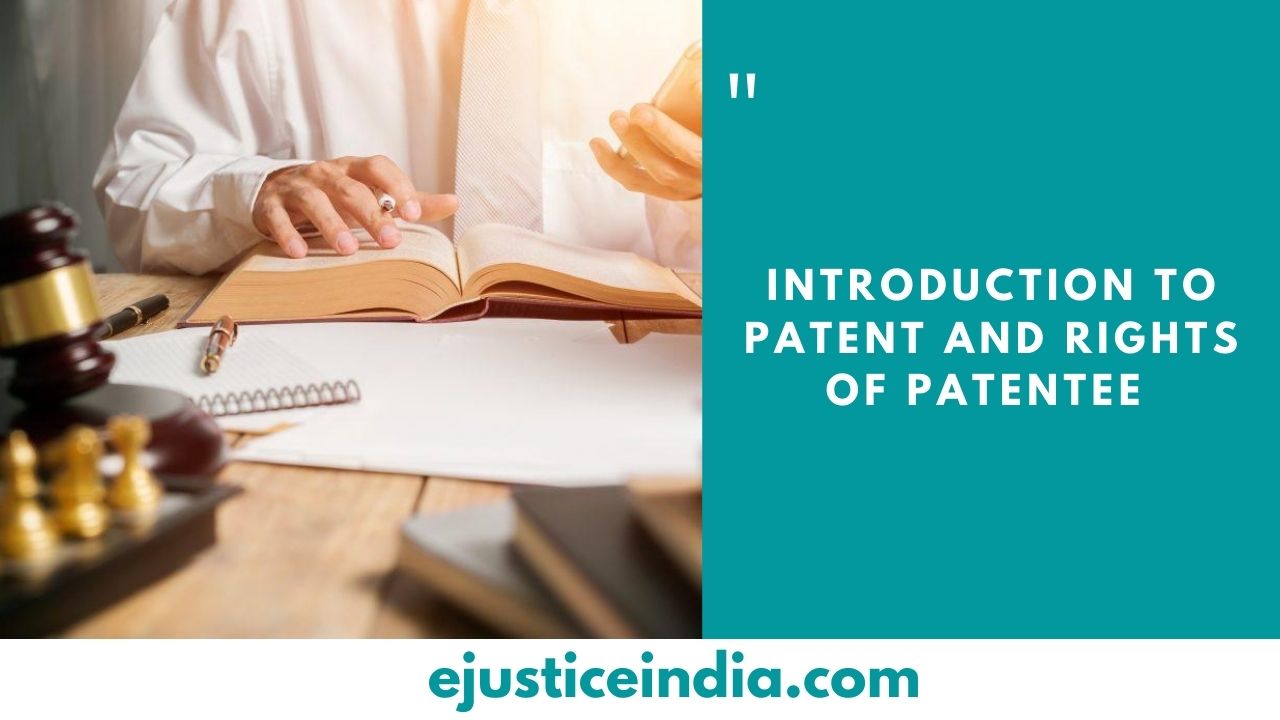BASICS OF COPYRIGHT LAW
BASICS OF COPYRIGHT LAW
Author : Monalisha
Introduction:
Copyright was recognized after the invention of the press in the 15th century, which made it possible to reproduce works. Copyright is valid for a specified period of time after which the work is considered published domain. Means that tenure of copyright with the author if lifetime (+ 60 Years). And the copyright must be in the published form, mere idea which is not published have no copyright. Copyright protects the expression of an idea and not for the idea itself, for example, many authors write books on a specific subject for college students. Copyright is the exclusive right to copy or reproduce work in which copyright is retained. It is a set of exclusive rights granted to the author or creator of the original work, including the right to copy, distribute and adapt a work in relation to: literary, dramatic, musical, artistic, cinematic, sound records. Copyright is also copyright for non-admission someone to copy your original work.
Copyright Right’s in India is protected by The Copyright Rules, 2013, “The Copyright Act 1957” which got effective from 21st/Jan/1958 and further amended 6 times in which final recent amendment is “Copyright Amendment Act 2012” [1], and the International Copyright Order, 1999 .
The exclusive definition and scopes of copyright are mentioned in Section 14 of Copyright Act 1956. Where copyrights are divided into five types : a) in the case of a literary, dramatic or musical work, not being a computer programme b) in the case of a computer programme c) in the case of an artistic work, d) in the case of a cinematograph film, e) in the case of a sound recording.[2]
In September 2016 case of Delhi University’s Rameshwari Photocopy Service shop case, , Delhi High Court held that : Copyright, especially in literary works, is thus not an inevitable, divine, or natural right that confers on authors the absolute ownership of their creations. It is designed rather to stimulate activity and progress in the arts for the intellectual enrichment of the public. [3]
Historical Background : Evolution Of Copyrights In India:
We can trace the introduction of Copyright law in India in 1847 under the regime of the East India Company. As per the 1847 regulation, copyright was limited to the author’s life plus seven years after death. But the total duration of the copyright must not exceed forty-two years in any circumstances.[4] The government can grant a mandatory license to publish a book if the copyright owner, after the author’s death, refuses to authorize the publication. The act of infringement was that a person illegally printed a copyrighted work for (or as part of an attempt to) “hire for sale or export” or “for sale, publication or display for sale or rent”. An infringement proceeding or action should be brought to the “highest local court exercising original civil jurisdiction”. The law specifically specifies that, under a service contract, the copyright in “any encyclopedia, review, magazine, periodical or work published in a series of books or pieces” belongs to “owner, projector, editor or driver“. [5]Infringing copies are considered copies of the copyright owner of the work. It is important to note that, unlike today, the copyright for a work was not automatic. The registration of copyright in the Ministry of the Interior was mandatory for the protection of the rights provided for by law. However, the law also specifically retains copyright for copyright and its right to sue for infringement to the extent that the law provides, with the exception of the 1847 law.[6]
Later, in 1914, Indian law at the time enacted a new copyright law. Extension of most parts of England Copyright Act 1911 for India. However, some minor changes. First, it brought criminal penalties for copyright violation. Second, it changed the scope the term copyright; “Exclusive copyright” to produce, reproduce, produce or publish a translation in Chapter 4 the work will last only ten years from the date First publication of the paper. However, the author “exclusive rights” within ten years of its publication or it allowed him to translate the work into any language this language. The 1914 act continues with minors Adaptations and amendments prior to the 1957 Act have entered into force It entered into force on 24 January 1958.[7]
Evolution & Important Amendment with its features :
Prior to the 1957 Act, copyright protection was regulated by The Copyright Act of 1914, which was the elaboration of the British The Copyright Act of 1911. The Act was amended several times after 1957 i.e. in 1983, 1984, 1992, 1994 and 1999. In May 2012, finally The Houses of the Indian Parliament unanimously adopt the Copyright Amendment bill of 2012 for Amendments to Copyright Law in accordance with the Agreements on the World Intellectual Property Organization – Copyright Agreement WIPO , WCT and WIPO Performance and Phonograms Agreement (WPPT).
India is a party to almost all important international conventions governing copyright, including the Berne Convention of 1886 (Which was amended in Paris in 1971), the Universal Copyright Convention of 1951, the Rome Convention of 1961, and Trade-Related Aspects of Copyright of Intellectual Property (TRIPS). At beginning India was not originally a member of theWIPO Copyright Treaty and the WIPO Performance and Phonograms Treaty (WPPT), but subsequently signed and become the party these both treaties in 2013.
Some key changes to the Copyright Law in 2012 harmonization of the Act of 1957 with WCT and WPPT, which is for the expanding copyright protection in the digital environment and to form punishment for circumventing technical protections , protecting information on Internet rights management , for making liability for service provider and the introduction of statutory licenses for the front page and broadcasting organizations; ensuring the right to obtain copyright for authors and composers, exclusively economic and moral rights of performers, equal rights of membership in copyright.
Latest Amendment of Copyright 2012 can primarily divide into 5 type i.e I) Author-friendly amendments on mode of Assignment II) Amendments facilitating Access to Works III) Invigoration the enforcement and protecting against Internet piracy. IV) WCT and WPPT related amendment to rights V) Amendments to rights in artistic works, cinematograph films and sound recordings.
Copyright Laws, Remedies & Exception:
According to Section 17[8] author of the book is the first owner of the Copyright but in case of contract of service or apprenticeship, employer can be the first owner of copyright unless contrary agreement is made. According to Section 2(z) [9] the work which is done with corroboration of two authors without distinction in work is called as joint owner of copyright. As per the case of Najma Heptulla v. Orient Longman Ltd. and Ors , the Joint authorship of a copyrightable work is when two or more persons contribute enough to the work to be the author of that work. In the case of joint authorship, the authors share the copyright in the work with each other.
As per Section 19 [10] the assignment of work must be written and it must specify the work, period of assignment and territory of assignment. And if period and territory is not specified then it can be presume that the period is of 5 years and territory is of India.
As per the Copyright Act 1957, there are three types of remedies for the protection of Copyright in India. Victim has Administrative remedies, Civil remediesand criminal remedies. By invoking Section 55[11] victim in case of infringement can get the many civil remedies like injunction, damages, account of profit etc . By invoking Section 63 & 63 A[12] victim in case of infringement can get the criminal remedies of fine up to 2 lakh and imprisonment upto 3 Years against violator. As per the Section 53[13] administrative remedies are detention of the infringing goods by the customs authorities.
Section 52[14] deals exclusively with the exception for copyright infringement for the purpose of fair dealing of literary, dramatic, musical or artistic work for private purpose or for the purposes of criticism, research, academic , tutorial , reporting event in newspaper, magazine etc. The term fair dealing is not mentioned or explained anywhere in the Copyright Act of 1957, but it is elaborated in various judgments of Supreme Court and High Court.
In the case of “India in Academy of General Education v. B. Malini Mallya”[15] Supreme court elaborated the meaning of the term fair dealing as : When a fair dealing is made, inter alia, of a literary or dramatic work for the purpose of private use including research and criticism or review, whether of that work or of any other work, the right in terms of the provisions of the said Act cannot be claimed.
In September 2016 case of Delhi University’s Rameshwari Photocopy Service shop case, Delhi High Court held that which sold photocopies of chapters from academic textbooks was not infringing on their publisher’s copyright, arguing that the use of copyright to “stimulate activity and progress in the arts for the intellectual enrichment of the public” outweighed its use by the publishers to maintain commercial control of their property but in December 2016 e ruling was reversed and taken back to court, citing that there were “triable issues” in the case.
End Notes:
- World Intellectual Property Organization , Details , Accessed on 23rd/July/2020 At 16:00 , (http://www.wipo.int/wipolex. /en/details.jsp?id=13230 )
- Section12 , The Copyright Act 1956.
- University copying books for teaching is not copyright violation: Delhi HC, Akash Jain, The Hindu Accessed on 23rd/July/2020 at 16:18 (https://www.thehindu.com/news/cities/Delhi/University-copying-books-for-teaching-is-not-copyright-violation-Delhi-HC/article14984190.ece).
- Indian Journal Of Research , Suvrashis Sarkar, , SSN – 2250-1991 | IF : 5.215 | IC Value : 77.65, Accessed on 23rd/July/2020 at 19:13.
- Ibid.
- Ibid.
- Ibid.
- Section 17, Copyrights Act 1957.
- Section 2z , Copyright Act 1957.
- Section 19, Copyrights Act 1957.
- Section 55, Copyrights Act 1957.
- Section 63 & 63A, Copyrights Act 1957.
- Section 53, Copyrights Act 1957.
- Section 52, Copyrights Act 1957.
- India in Academy of General Education v. B. Malini Mallya, CIVIL APPEAL NO. 389 ,OF 2008.
BASICS OF COPYRIGHT LAW BASICS OF COPYRIGHT LAW BASICS OF COPYRIGHT LAW BASICS OF COPYRIGHT LAW


